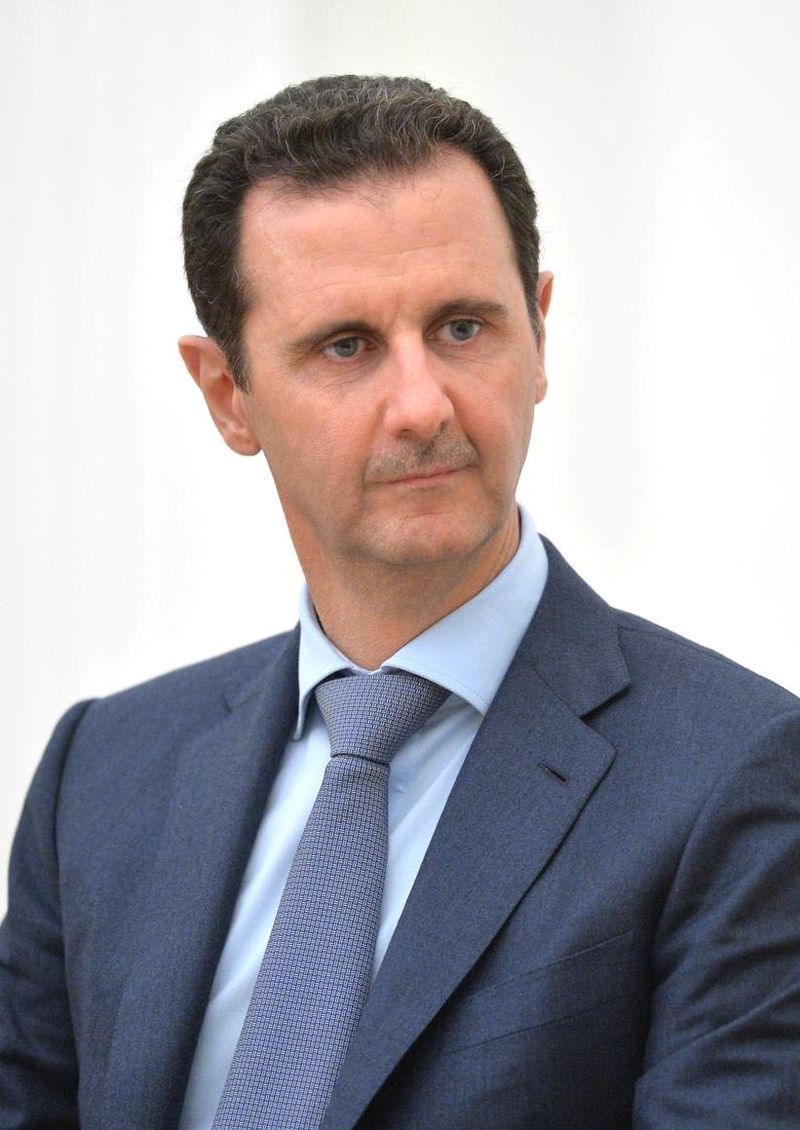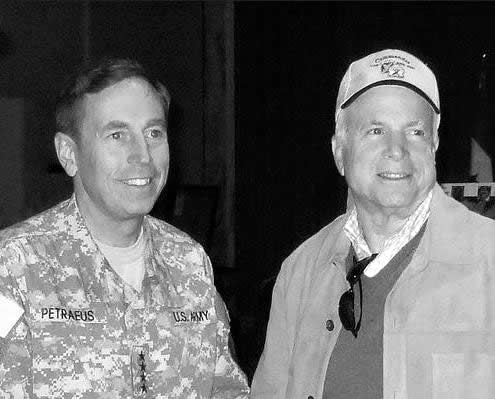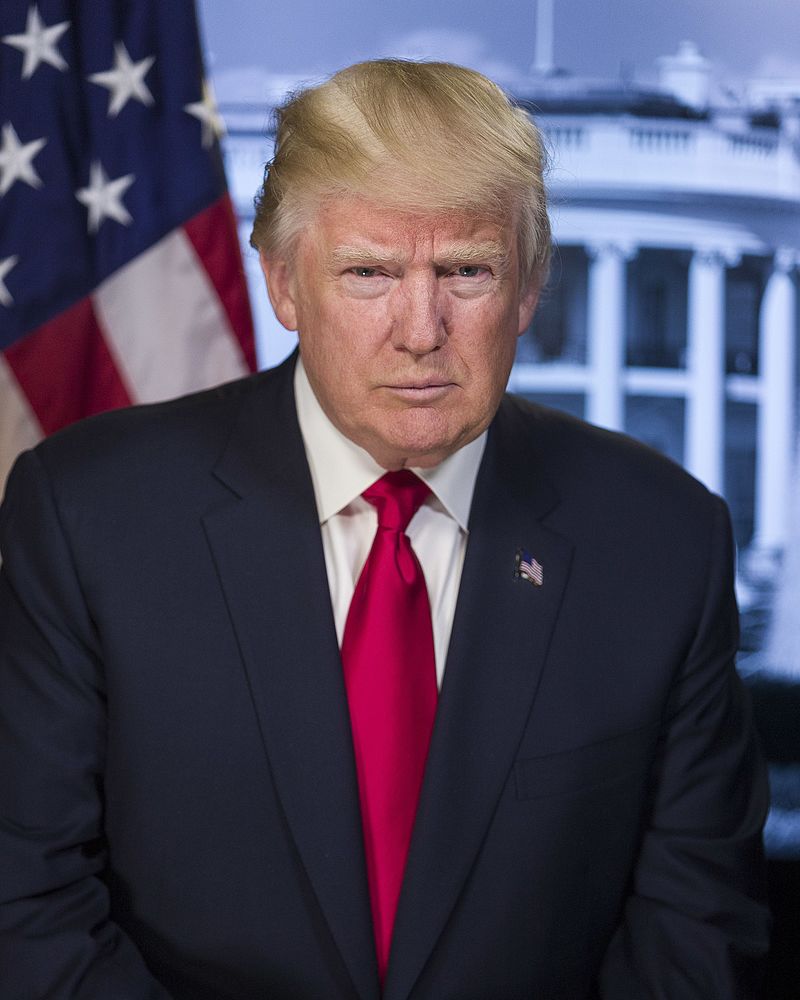Syria success has forced US to retreat
By Simon Korner
Syrian successes are producing a new reality with which the US has to deal.
Six years after the US-fomented demonstrations in southern Syria were quickly fanned into full-scale war against the government, Syrian resilience has forced the US to retreat from its regime-change strategy. The war has cost over 450,000 lives and created 5 million refugees.
Advances made by the Syrian forces and their allies have now liberated every major city and town in the country. The recapture of Aleppo proved a turning point, forcing the US to reassess its use of Sunni militias under the guise of the Free Syria Army, which had failed to deliver.
The US has also failed to achieve its ‘Salafist principality’ strategy, revealed in a leaked memorandum in 2012 – to create an Islamist statelet stretching from Saudi Arabia, through part of Iraq and into eastern Syria.
As a sign of its change of direction, the US agreed to a Russian deal in July, setting up Russian-supervised de-escalated safe zones in various areas – the first in south-west Syria near the Jordanian border – with US and Jordanian soldiers in control of the territory closest to the Israeli-occupied Golan Heights.
Other safe zones will be in Idlib, in the north, under Turkish supervision, and in Ghouta, near Damascus, patrolled by Russian military police battalions and Iranian peacekeepers.
As part of the deal, Trump announced plans to stop the huge CIA programme training Free Syrian Army fighters – indistinguishable from al Qaeda groups such as Ahrah al-Sham and Levant Conquest Front, who have killed 100,000 Syrians according to some estimates. The training operation, known as Timber Sycamore, was carried out by the Green Berets in Jordan and Turkey, with the CIA paying the fighters’ salaries.
Ilan Oldenburg of the Centre for a New American Security described Trump’s change of policy in Syria as a “nod to reality”. With US allies, such as Turkey and France, also softening their stances, only the Saudis are still insisting no negotiations can begin until Assad is removed.
But hawks in Washington have denounced Trump’s policy change as a US climbdown. John McCain, who has loudly supported the arming of anti-Assad terrorists, said the US is playing into Putin’s hands by agreeing to a deal. Charles Lister of the Middle East Institute thinktank said: “We are falling into a Russian trap.” The ceasefire deal has also been condemned by Israel.
The US has not given up on its overall strategy of fracturing Syria, but is shifting ground to “areas outside government control in Syria where the US will want to maintain influence,” according to Andrew Tabler of the Washington Institute for Near East Policy.
Commenting on the US switch away from the Free Syrian Army, Russian foreign minister, Lavrov, said: “I understand that the US supports many more groups than the ones announced as being left without American weapons.”
The US is expanding its control of the oil- and gas-rich desert in Syria’s south-east close to the Syrian border with Iraq and Jordan.
From its Special Forces base nearby, it has been directing its proxy militias – Maghawir al Tahwra and Shohada al Qaratayn – to attack the Syrians advancing on the border town of Tanf. While these two terrorist groups have now supposedly been instructed to fight IS only – as part of the shift in US terrorist policy – the latter group is nevertheless continuing to attack government forces.
The US aim here has been to unite its southern terrorist fighters with the Kurdish fighters it controls to the north, so as to prevent a road link being established between Syria and Iraq, which would facilitate co-operation between the two countries, as well as with Iran.
Further north and west, the US is bombing IS in Raqqa to support its Kurdish proxies in the YPG, the Syrian sister organization of the Turkish PKK. Fighting under the US-imposed name the Syrian Democratic Forces (SDF) – to mask the fact that so few Arabs belong to it – the YPG are sustaining heavy losses and progress is slow.
Earlier, the US allowed IS fighters to leave Raqqa and head eastwards to Deir ez Zor, a Syrian-held city besieged by IS since 2014 and key to Syrian oil production. It has also pushed YPG soldiers in the same direction – to prevent Syria from breaking the siege of Deir ez Zor.
But Syria is making advances towards Deir ez Zor, supported by Iraqi planes which are bombing the besieging IS troops. And the ceasefire deal in the south-west is freeing up more Syrian troops to rescue the city. The Turkish Communist paper Sol sees this campaign as the “final phase of the war.”
And while IS remains strong in this part of Syria, it is confined to a limited area – operating from its base in the Iraqi border town of al Qaem further down the Euphrates, where it has about 1,000 fighters.
To the north, the US could decide to create a Kurdish statelet in Syria under the YPG, once Raqqa has fallen.
The problem with such a plan – backed by Israel – is that Turkey objects to the US arming of the YPG. Ultimately, the US would probably choose good relations with its Nato ally Turkey than a new Kurdish statelet, but meanwhile it has a stick with which to keep Turkey on side and a bargaining chip against Russia in any future negotiations.
To this end, ten illegal US bases have already been established in northern Syria, as reported by the official Turkish news agency. This shows the US intention of remaining in Syria in some form, to prevent a unitary and secular state from re-emerging.
Meanwhile, parts of Idlib in the north, one of the last Syrian provinces still outside government control, are currently in the hands of al Qaeda-linked Hayat Tahrir al Sham (HTS), after Turkey’s ‘moderate’ proxy militia gave way to it following fighting between the two groups.
Turkey will ensure that the province remains in its sphere of its influence, however, if necessary fighting HTS to do so. Turkey’s role in policing the projected ceasefire in Idlib could present a further impediment to Syrian unity in future.
Only three months ago, the US carried out a massive missile strike on a Syrian airforce base on April 6, as punishment for an alleged chemical weapons attack by the Syrian government. No evidence was found against Assad’s military, and doubts have arisen as to the reality of the attack itself.
A further escalation took place on June 18, when the US shot down a Syrian plane near Raqqa. The Russians then warned the US not to fly west of the Euphrates. The US have so far complied with the Russian warning.
Although government control of Syrian territory is gaining pace, it will nonetheless be extremely hard to expel all the occupying forces. These successes, while aided by their allies Russia, Iran and Hizbollah, would not have been possible without backing from the majority of the population for the government’s defence of the Syrian state. One sign of this popular support is the fact that, according to the UN, nearly 500,000 refugees have returned to Syria, and chosen areas under Syrian government control.
"...the US carried out a massive missile strike on a Syrian airforce base on April 6, as punishment for an alleged chemical weapons attack by the Syrian government. No evidence was found against Assad's military, and doubts have arisen as to the reality of the attack itself."


Syrian President Bashar al-Assad

Former US airforce pilot, Vietnam veteran and PoW, Republican Senetor John McCain (right) in Baghdad in 2007 with US Army Chief, General David Petraeus

Donald Trump plans to stop CIA training Free Syrian Army fighters.






